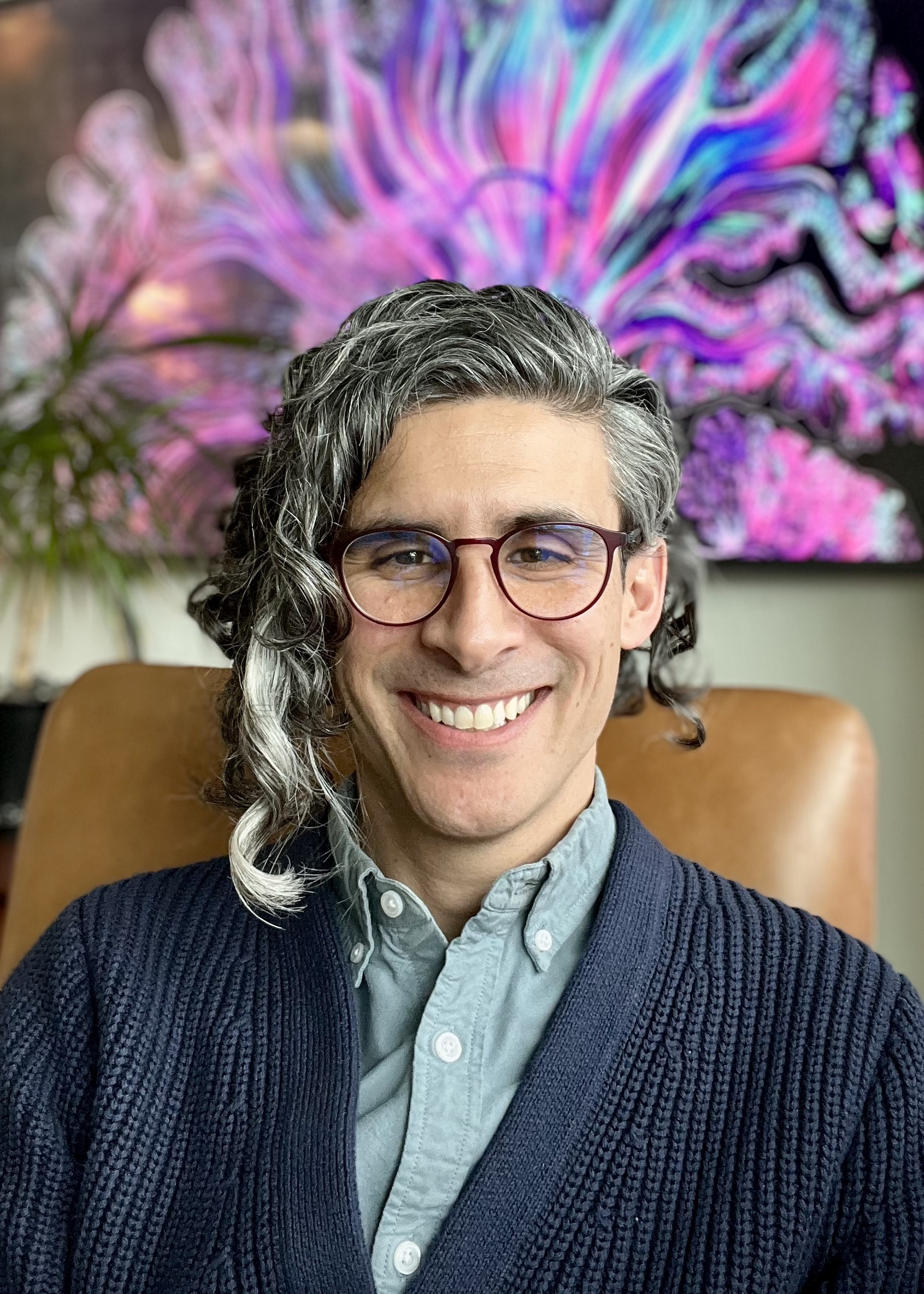Faculty and Research
Neuroscience faculty provide world-class PhD training in neuroscience research. Our faculty represent over 13 basic science and clinical departments across the Anschutz campus including Physiology and Biophysics, Pharmacology, Cell and Developmental Biology, Pediatrics, Anesthesiology, Psychiatry, Neurology, Neurosurgery, and many others. Our faculty are well-supported researchers, passionate teachers, and dedicated mentors who carry out their research in close collaboration with their graduate students and postdoctoral fellows.
Faculty and Research Specializations

Ethan Hughes PhD
(He/Him/His)
Associate Professor
- Cell and Developmental Biology (SOM)
- Completed Mentor Training Courses; Completed Upstander/Bystander Training; Completed Implicit Bias Training